From Cat Shrines to Sacred Mountains: Teaching Shugendo in Fukushima
Teaching a Yamabushi / Shugendo Course at Fukushima University
From Monday to Wednesday I taught an intensive course on Shugendo at Fukushima University.1
Shugendo!
My initial thought was ‘if only Shayne’s upcoming book would come out a few months sooner’, because then I’d have something rather than my practice to date to base the course on.
But then again,
Shugendo!
Shugendo, what we yamabushi practice, is 100% about the experience. Theory is more of an afterthought. Unfortunately, it was a university course, and afterthought is what university courses care about the most, but I managed to balance that by taking the students out as much as I felt reasonable.
In other words, I’m pretty sure the students were happy about the structure of the course, because not only did they get credits for going outside, visiting a mountain shrine, chanting, and meditation (!), after the first day I picked up two extra students. One student in particular was so impressed on the first day they dragged along not one, but two of their cronies.
I ended up designing the course around as much practice outside as possible. This meant quite a few temple / shrine visits, and also a visit to Shinobu-yama, a mountain (in English it would be classified as a hill) right in the middle of Fukushima City.
But Shinobu-yama is not just any mountain.
It pains me to say, Shinobu-yama felt like a true representative of Japan with its unique mix of modern and traditional.
For starters, this mountain is a Shugendo peak, or at least it was in the past. Shinobu-yama has a direct connection with the Dewa Sanzan, The Three Mountains of Dewa up here in Yamagata where I train as a yamabushi.
The mountain had a few major Jinja (shrines):
Gassan Jinja (based on Gassan)
Haguro Jinja (based on Haguro-san)
Yudono Jinja (based on Yudono-san)
Hayama Jinja (based on Murayama Ha-yama)
Which is more than three.
Because the Dewa Sanzan used to be these four mountains; Yudono-san was considered the Oku-no-in, and not one of the three.
Anyway, Shinobu-yama is perhaps most famous for its Waraji festival, a festival featuring the world’s biggest Waraji, the straw sandals your flip flops (or Japan + sandals = jandals as we call them in New Zealand, true story) were based on (possibly).
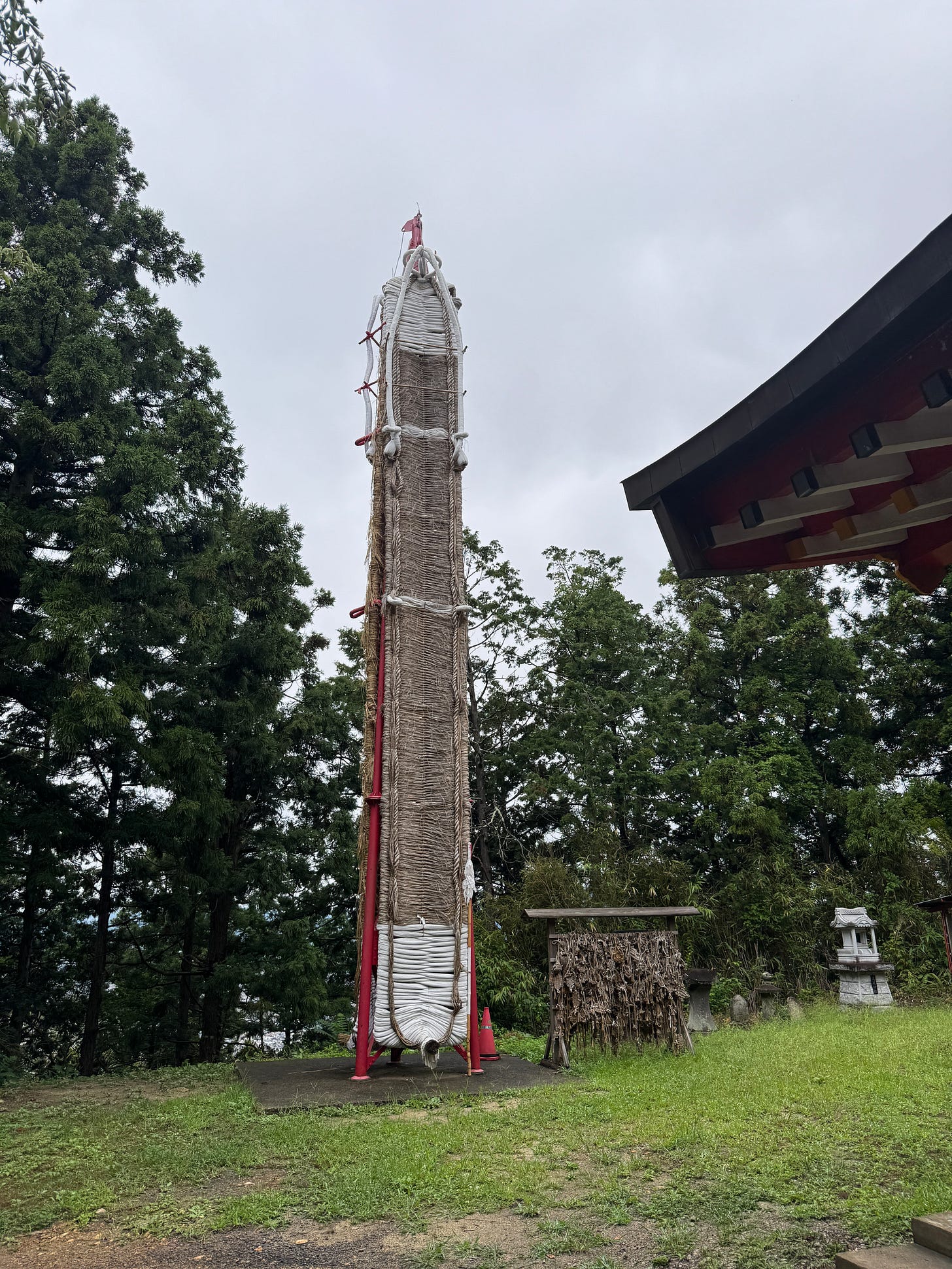
So, you have these ancient shrines and temples with centuries-old festivals dotting the mountain but at the same time this wouldn’t be modern Japan without a few modern amenities (ahem),
amenities such as:
A Shinkansen Bullet Train track running right through the centre
Roads, for cars, that take you essentially to the summit
A shrine dedicated to cats (Neko Inari Jinja, see photos below)
People’s houses on the mountains
And of course,
Nuclear Waste.
I wish I was joking. One of the carparks was apparently a forest they cleared to dump the waste and the put a car park on top. I mean, they had to put it somewhere…
The one thing Shinobu-yama didn’t have, though?
A Family Mart Hybrid Supermarket.
That was further on up the road, but it did have some delicious Keema curry croquettes, among other things you won’t see in a Konbini. Like wide aisles, shopping carts, and a proper dedicated fruit and vegetables section.
Overall, the students seemed to genuinely enjoy their time learning about Shugendō, not just the practice itself, but also the extra stuff I put in like Ojizo-san, Fudomyo’o, and the reason why Japanese people can be Buddhist and Shinto at the same time.
For me, it was a real privilege to share Shugendō, something I’m deeply passionate about (as you’ve probably gathered) in a university setting.
So thank you, Fukushima!
(for being so quirky)
Here are some photos of my time in Fukushima
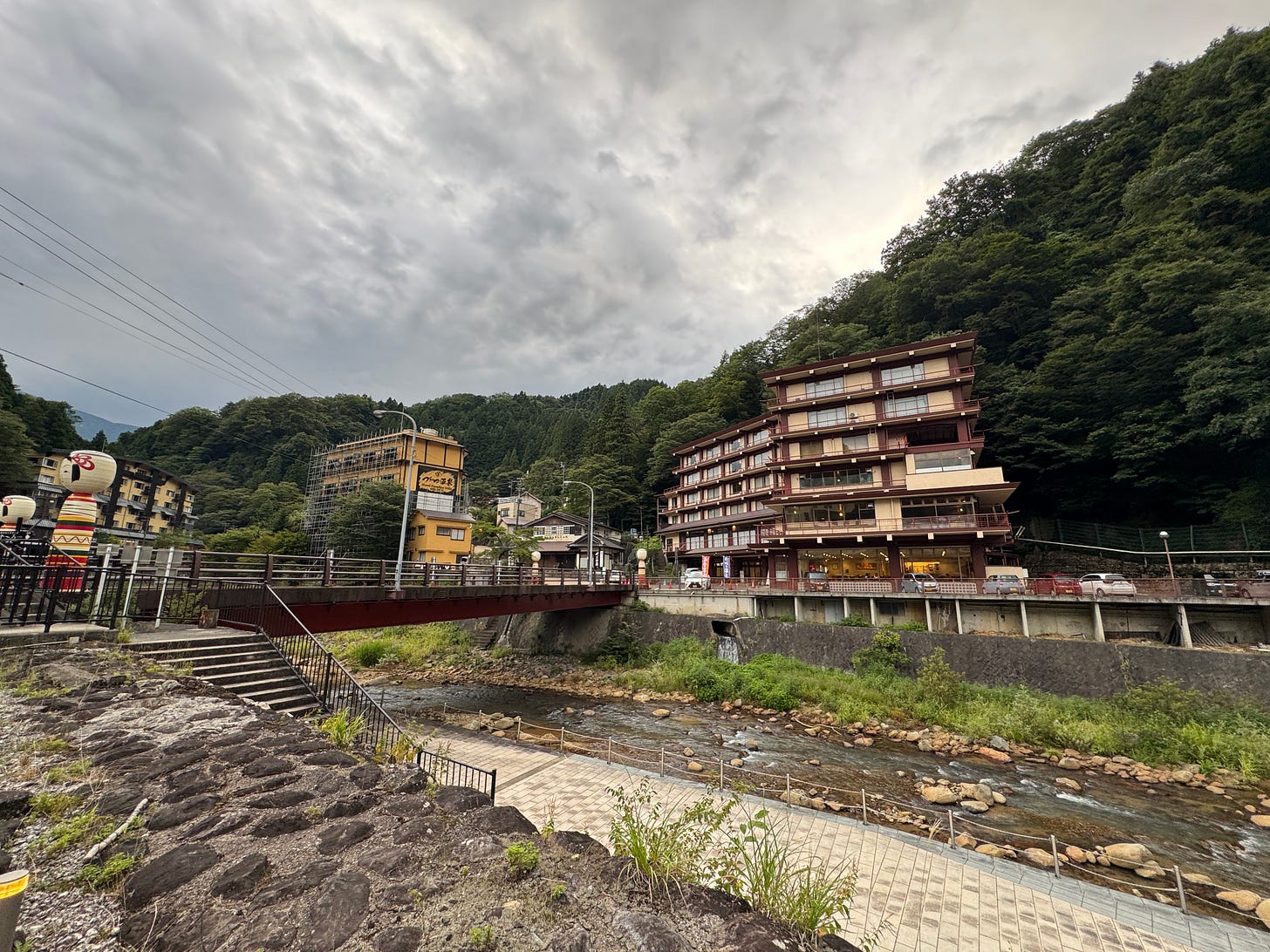
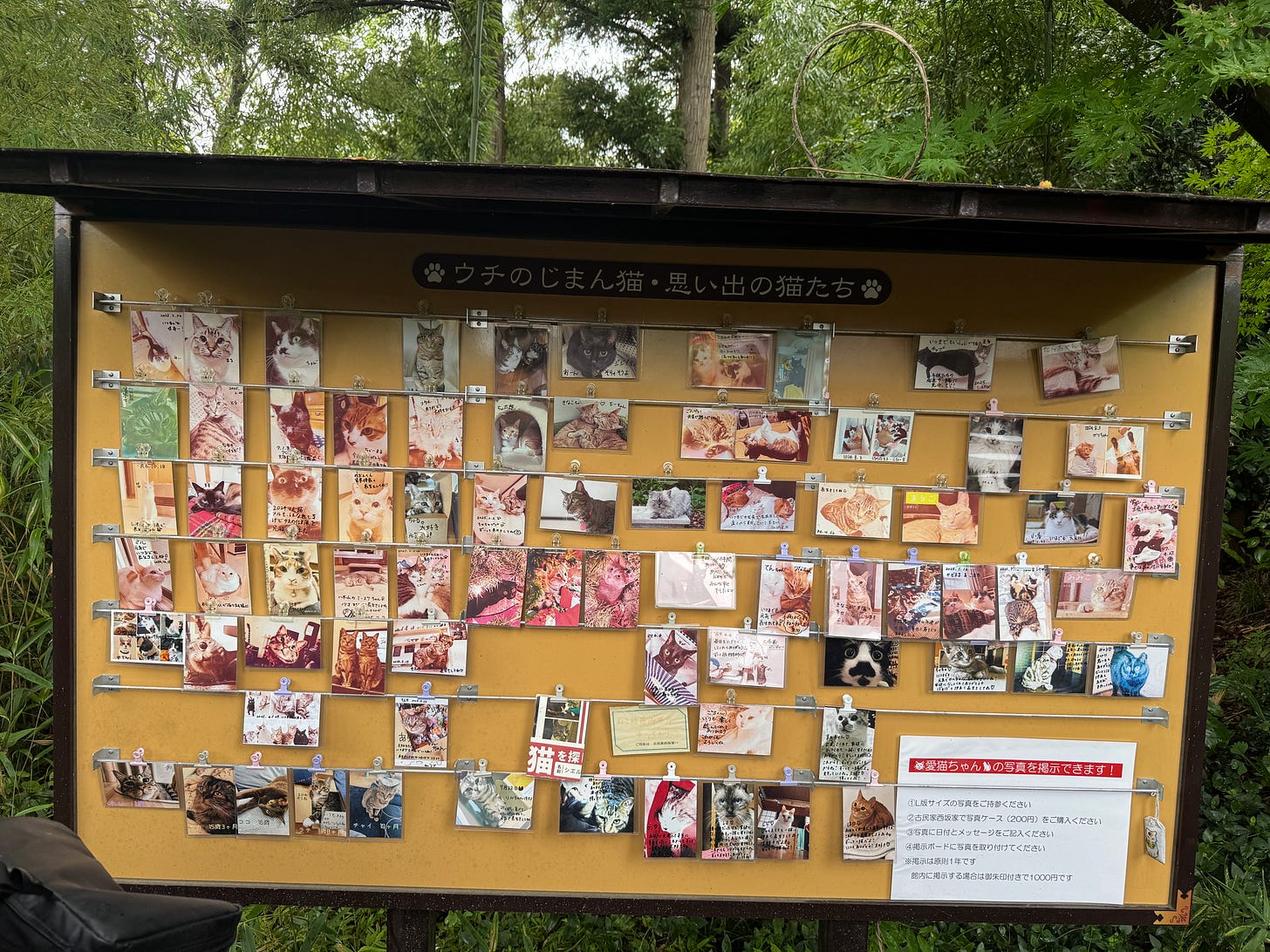
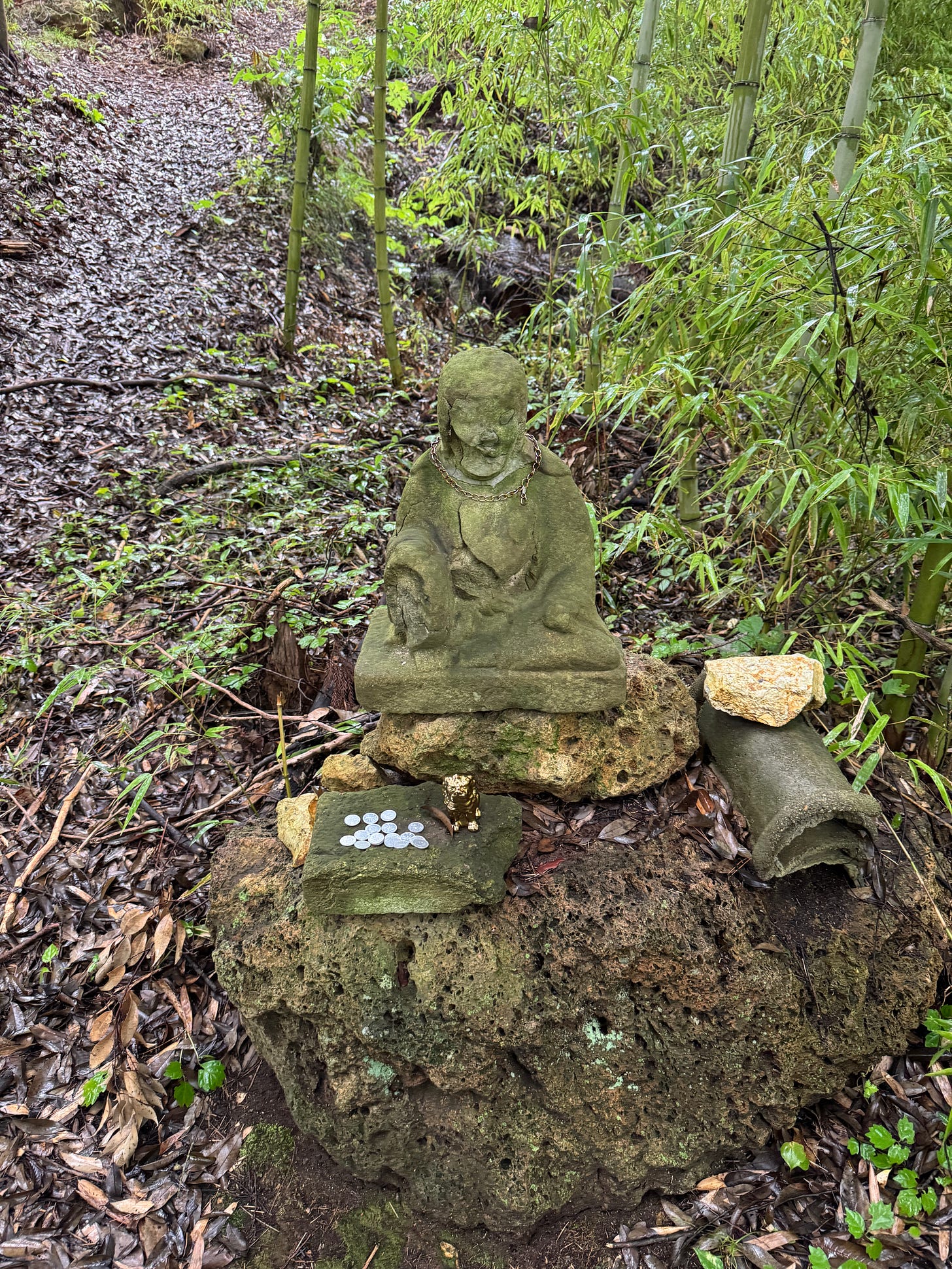

Your Next Read:
Latest Video: Don’t Make This Mistake in Japan
Daily Yamabushi for The Week
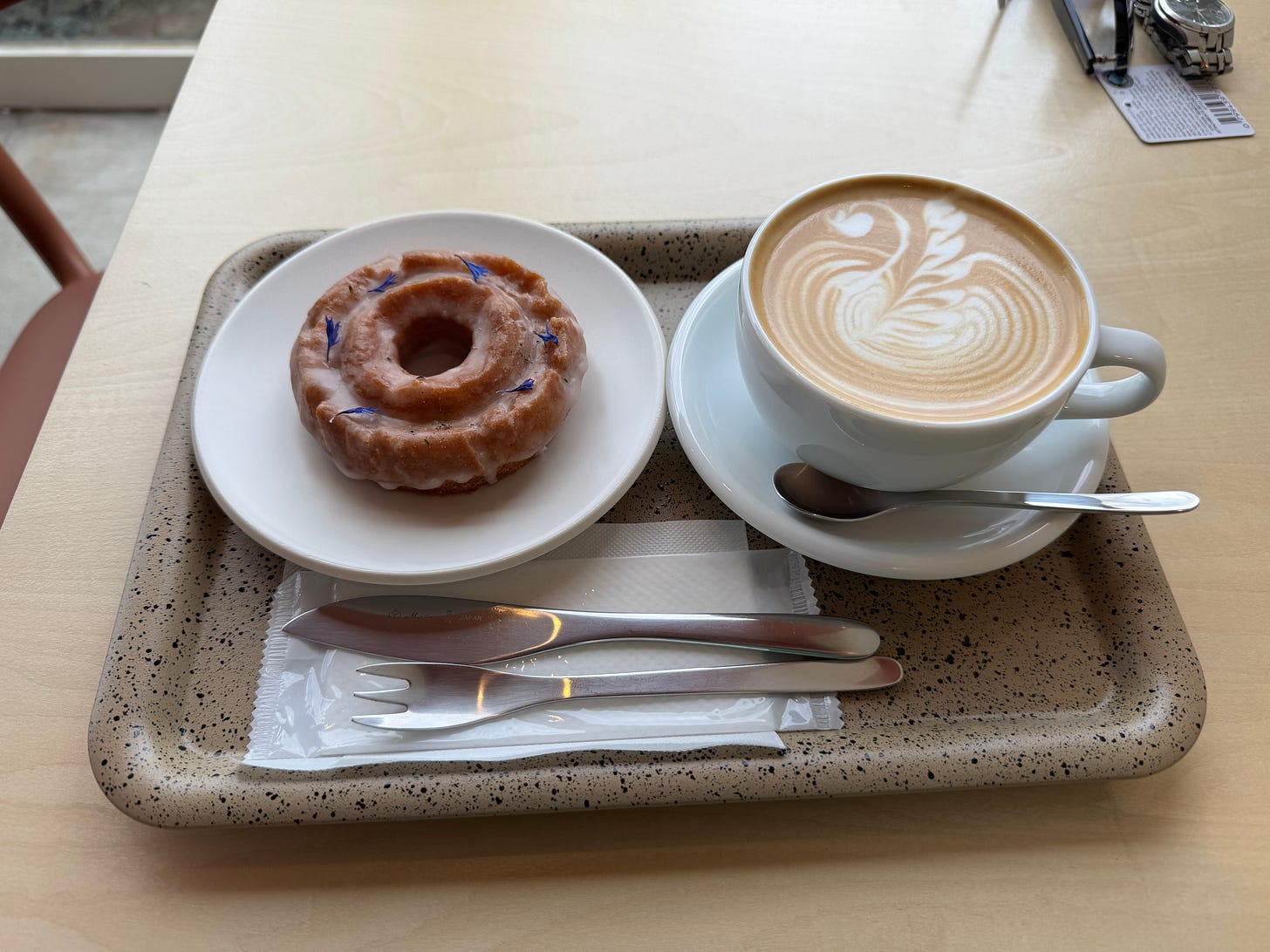
Daily Yamabushi posts for the week of September 5 to September 11, 2025.
Read Daily Yamabushi at timbunting.com/blog. Most popular articles here.
It’s partly why this post is a few days late.

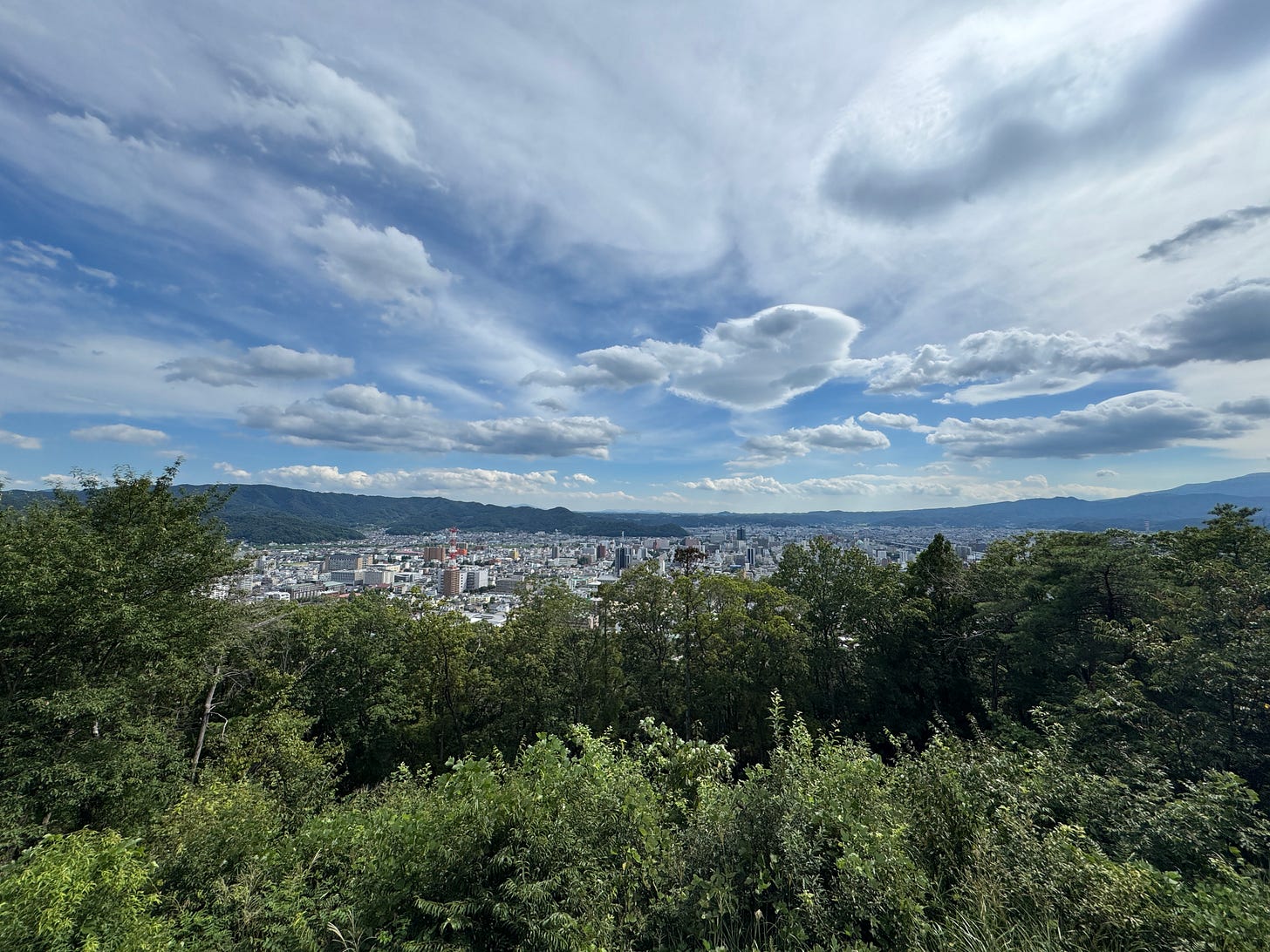
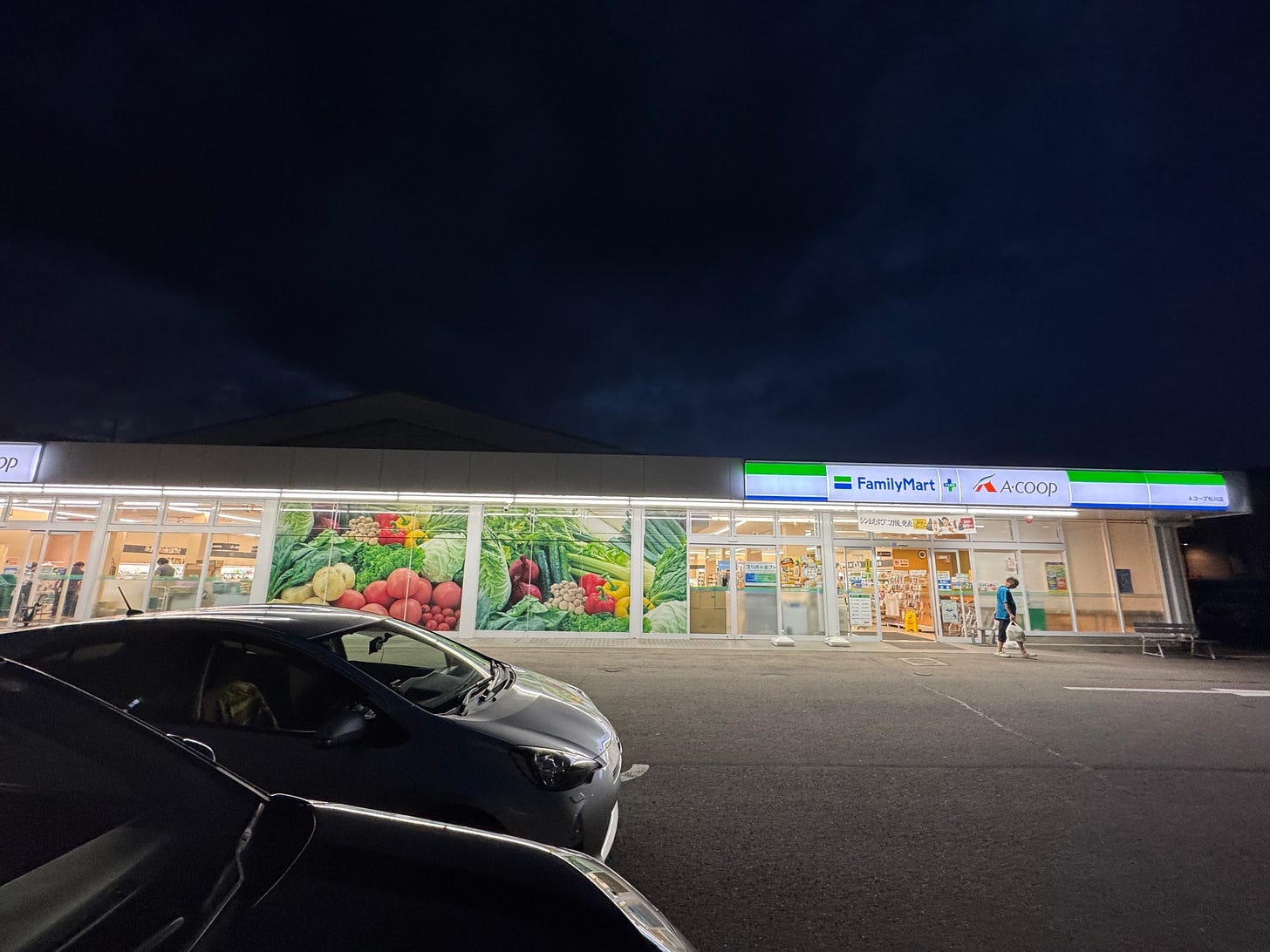
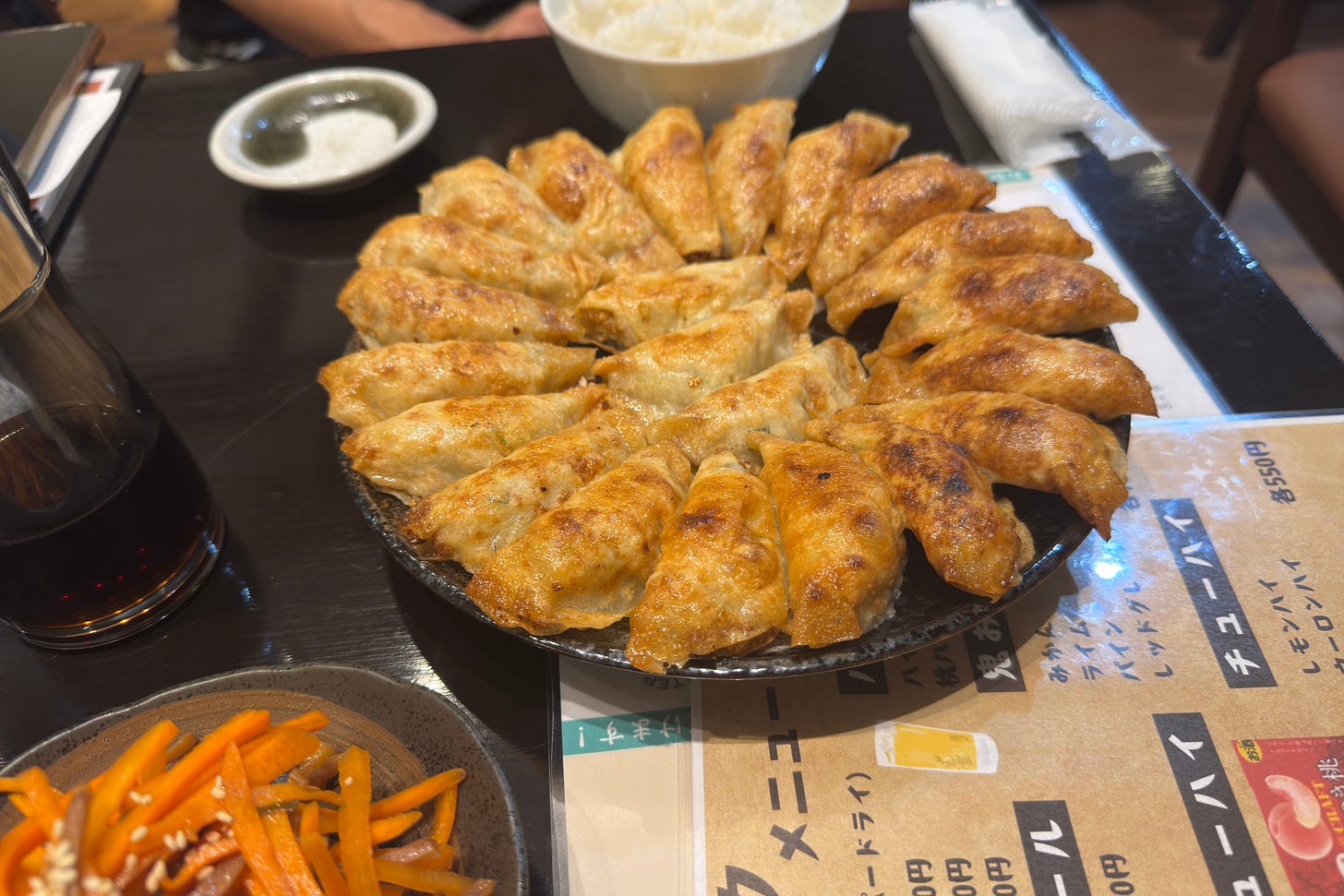


I love the board with all the cat photos 😻
Right after the 3/11 disaster, whenever someone tried to investigate the radioactive materials released from the Fukushima Daiichi Nuclear Power Plant or speak out about their effects, they faced various forms of interference. Their equipment was taken away, or they encountered mysterious accidents. As a result, no thorough investigation was ever properly conducted.
In order to promote the idea that what happened at Fukushima wasn’t a big deal and that everything was now safe, Japan invited the Olympics to be held there.
At the time, tests on vegetables and other produce sold in supermarkets showed that places downwind, such as Ibaraki, had higher levels of cesium and other radioactive substances than even Fukushima itself.
Because proper investigations were never done, no one truly knows what the actual situation is.
However, if a thorough investigation had been conducted and revealed devastating results, the Japanese economy might have collapsed.